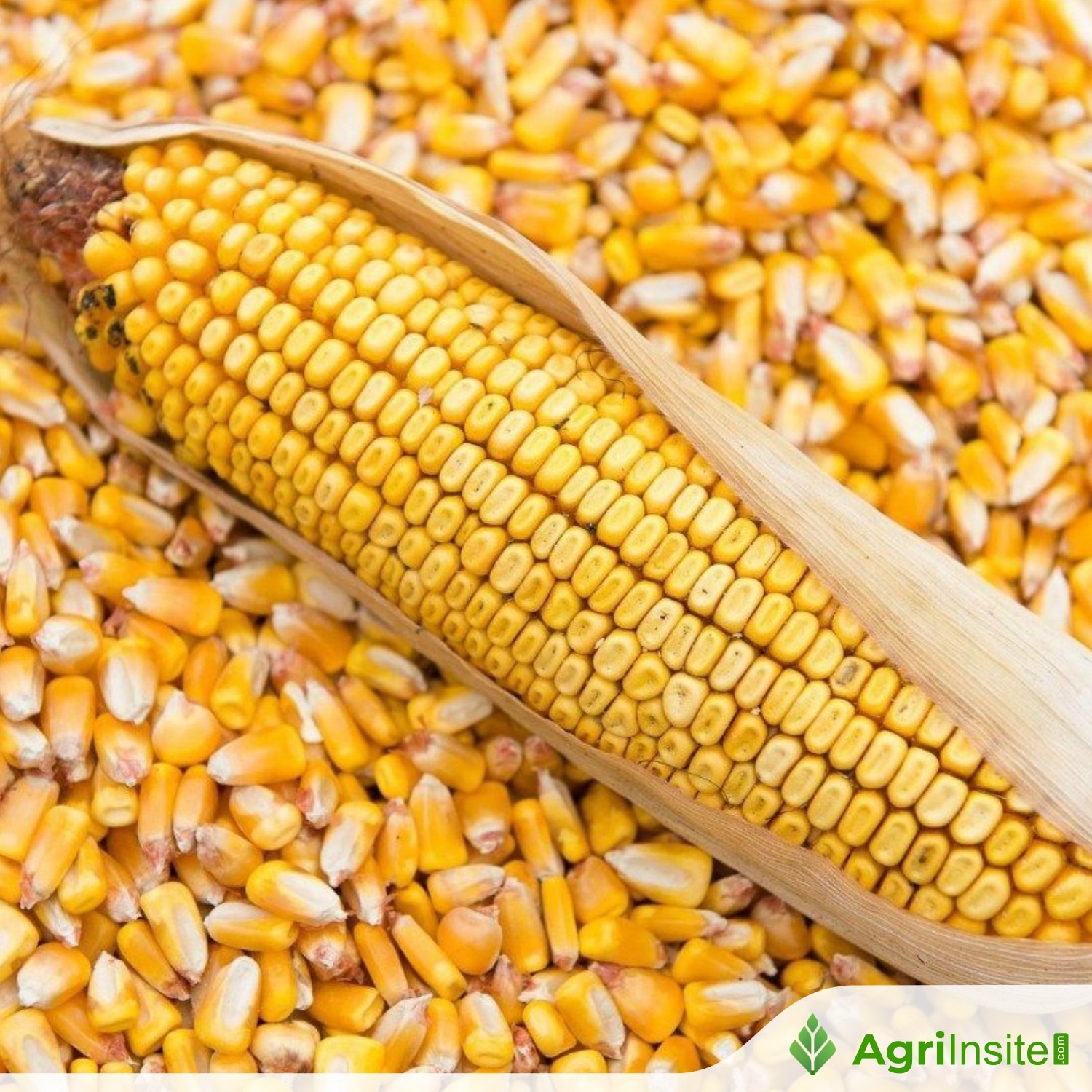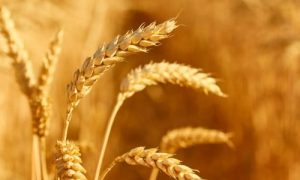Government’s Soybean MSP Hike Averts Maize Takeover in Kharif 2025-26

In Kharif 2025, Indian farmers considered shifting from soybean to maize due to lower costs and better climate resilience. However, an 8.9% MSP hike for soybean (₹5,328/quintal) balanced the trend, preserving oilseed acreage. The move supports edible oil self-sufficiency, averts a major crop shift, and aligns with Atmanirbhar Bharat goals amid evolving monsoon and market dynamics.
29 May 2025, New Delhi: Indian farmers, known for their sharp assessment of profitability, were preparing to pivot significantly towards maize cultivation in the upcoming Kharif 2025 season. The reason? Lower cost of cultivation and better resilience against erratic rainfall. However, the government’s timely hike in the Minimum Support Price (MSP) for soybean appears to have balanced the scales, discouraging a major area shift and safeguarding the oilseed’s acreage.
The Maize Momentum: Farmers Eye Cost Efficiency
Maize has been gaining traction over the last few years, thanks to its relatively low input costs, shorter crop cycle, and adaptability to both irrigated and rainfed conditions. For many farmers, especially in Central India, maize offers an attractive alternative to soybean — a crop that demands higher fertiliser input, has greater susceptibility to pests, and suffers from volatile pricing due to international market dependency.
With a national coverage of around 120 lakh hectares, maize is one of India’s largest cereal crops, 70.1% of which is sown during the Kharif season. Its dominant presence is most notable in:
| Top 5 Maize States (2024-25) | Area (Lakh Hectares) |
|---|---|
| Madhya Pradesh | 22.14 |
| Karnataka | 19.02 |
| Maharashtra | 16.97 |
| Rajasthan | 10.07 |
| Bihar | 8.59 |
Farmers in these states have already been allocating more area to maize in recent years due to better yield stability and lower exposure to market risks.
Soybean’s Stronghold: Threatened but Rescued
In contrast, soybean — India’s key kharif oilseed — spans a vast 129.57 lakh hectares, with top contributing states being:
| Top 5 Soybean States (2024-25) | Area (Lakh Hectares) |
|---|---|
| Madhya Pradesh | 58.72 |
| Maharashtra | 50.72 |
| Rajasthan | 10.79 |
| Karnataka | 3.73 |
| Gujarat | 3.01 |
Soybean’s profitability, however, had come under pressure due to rising input costs and fluctuating prices in the absence of a strong procurement mechanism. Farmers in core regions like Madhya Pradesh and Maharashtra were considering diverting a portion of their soybean area towards maize to minimize financial risk.
MSP Boost: A Strategic Policy Intervention
The government’s announcement of a substantial MSP hike for soybean (yellow) — from ₹4,892 in 2024-25 to ₹5,328 per quintal for 2025-26 — reflects a well-timed policy response. This ₹436 per quintal (or 8.9%) increase is the highest in percentage terms among major kharif oilseeds. It reassures farmers of better returns and offsets the lure of maize’s lower cost structure.
| Crop | MSP 2024-25 (₹/quintal) | MSP 2025-26 (₹/quintal) | Absolute Increase (₹) | % Increase |
|---|---|---|---|---|
| Soybean | 4,892 | 5,328 | 436 | 8.9% |
| Maize | 2,225 | 2,400 | 175 | 7.9% |
While maize also received a respectable MSP hike of ₹175 per quintal (7.9%), it is the soybean increase that stands out — both in absolute and relative terms — signaling the government’s commitment to preserving the nation’s edible oil self-sufficiency goals.
Why This Matters: Balancing Crop Economics
The dynamics between maize and soybean are not merely agronomic; they are deeply economic. A shift away from soybean would have impacted India’s edible oil output, increasing dependence on imports, which already account for over 60% of domestic consumption. Recognizing this risk, the government’s MSP hike also aligns with its Atmanirbhar Bharat vision and supports the National Mission on Edible Oils.
Area Trade-Off Averted: Early Indicators
Had the MSP hike for soybean not been substantial, analysts projected a potential 10–15% shift of soybean acreageto maize in Madhya Pradesh and Maharashtra alone. This would translate to a shift of roughly 10–15 lakh hectares, impacting the soybean supply chain and oil processing industries.
However, with the revised MSP, early sowing intentions from input dealers and seed companies now suggest that soybean acreage will likely remain intact or see only a marginal dip. This is a significant policy success, as it preserves crop diversity, supports oilseed self-reliance, and ensures farmer profitability across different crop categories.
Strategic Monitoring Essential
The government’s proactive move in correcting the MSP equation — particularly for soybean — is likely to influence sowing patterns decisively in June-July 2025. However, this intervention must be complemented with effective procurement infrastructure, especially in soybean-dominant belts. Without assured offtake, even attractive MSPs might not translate into real gains.
Furthermore, climatic conditions, especially monsoon distribution, will play a crucial role. Maize may still gain marginally in semi-arid zones where farmers prefer a low-investment, fast-return strategy. But broadly, the big shift that was feared towards maize seems to have been averted, thanks to sound policy timing.
To Read more about Maize News continue reading Agriinsite.com
Source : Krishak Jagat













